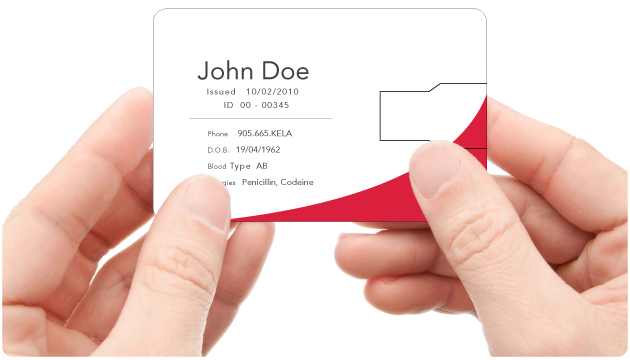One Record to Rule Them All

I have an electronic health record at my primary care practice, in the local medical system and at a myriad of other places where I have been provided some sort of care and an encounter was created in my name. None of these, at present, speak to each other well, which begs the question, “How can we tie all of these encounters together so that I truly have one medical record?”
The natural way to link these is through a Unique Patient Identifier (which was mandated in the original HIPAA law in 1996, but repealed due to privacy concerns two years later).
The Department of Health and Human Services is inching toward legislation that would lead toward the implementation of the UPI in a round about way (they have taken down the PDFs that were up for draft review, but snippets of the draft can be found online here).
Is the UPI a noble goal? Yes, I think so. Will it improve patient care? Yes, I think so. Is population health management through the aggregation of multiple sources of health data (e.g. multiple EHRs) a good idea? Sure.
Tackling such a huge task is another matter altogether. Hospitals and health systems struggle mightily with the task of managing their master patient indices, merging patients that are not the same, and having multiple records for the same. Can you imagine trying to do this on a national scale?
Now factor in the issues of privacy and data integrity – we have a long way to go. Do we stop pursuing the goal? Absolutely not. I just think that we need to assure ducks are lined up quite neatly before we press on.